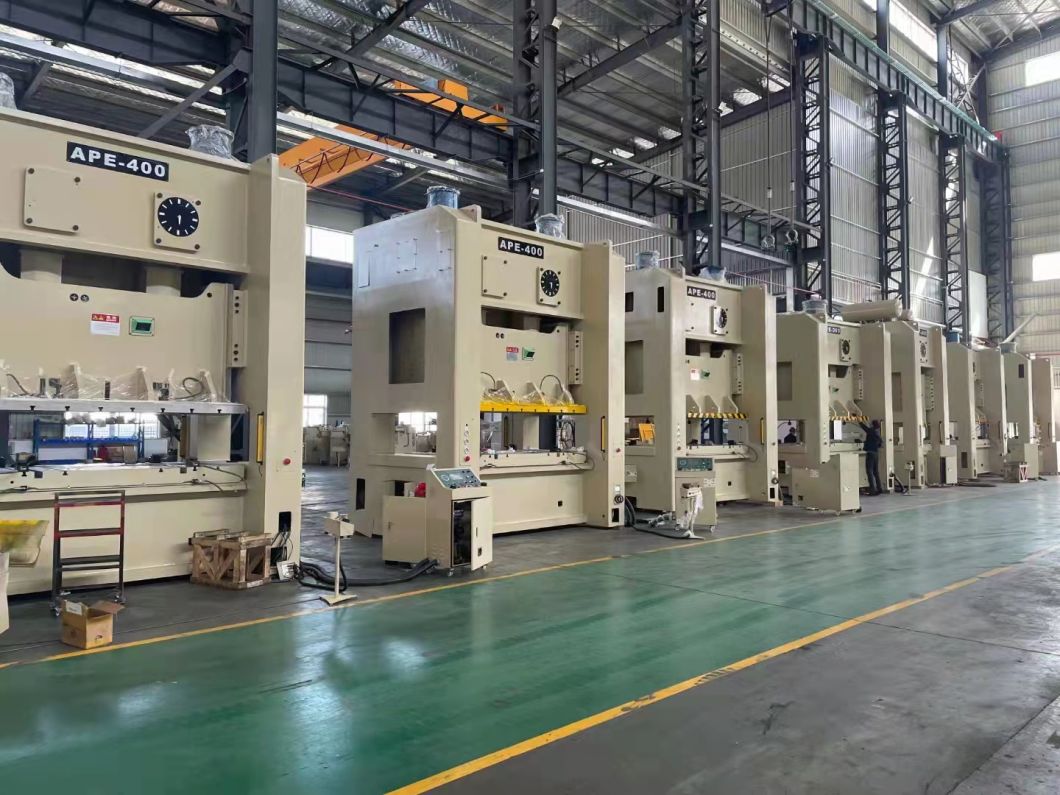1. Dirt cleaning
Before the high speed punching die is installed, a strict inspection should be carried out to remove dirt and check whether the die guide bush and die are well lubricated.
2. Die base
Regularly check the rotating column and die mounting seat of the high-speed punch to ensure that the complementary accuracy of the upper and lower turntables is consistent.
3. Mold positioning
Install the convex and concave dies on the turntable according to the mold installation procedure to ensure that the direction of the convex and concave dies is consistent, especially the molds with direction requirements (non-circular and square) should pay attention to prevent errors and reverse installation.
4. The softness of the installation tool
Stamping personnel should use operating tools made of softer metals (such as copper, aluminum, etc.) to prevent knocking or smashing the mold during installation.
5. Inspection after mold installation
After the mold is installed, check whether the fastening screws of the mold mounting seat are locked.
6. Timely sharpening
After the punching die and die edge are worn, they should be stopped and sharpened in time, otherwise the wear degree of the die edge will be rapidly expanded, the die wear will be accelerated, and the quality and life of the stamping parts will be reduced.
7. Spring replacement
In order to ensure the service life of the mold, the spring of the mold should also be replaced regularly to prevent the spring from affecting the use of the mold due to fatigue damage.
8. Anti-rust treatment
After the mold is used, it should be put back to the designated position in time, and oiled to prevent rust.
9. Mold transportation
In the process of transportation, the mold should be handled with care, do not throw or touch, so as not to damage the edges and guide plates of the mold;
10. Mold backup
For the commonly used molds used in mass production, there should be backups for rotation production to ensure production needs.
